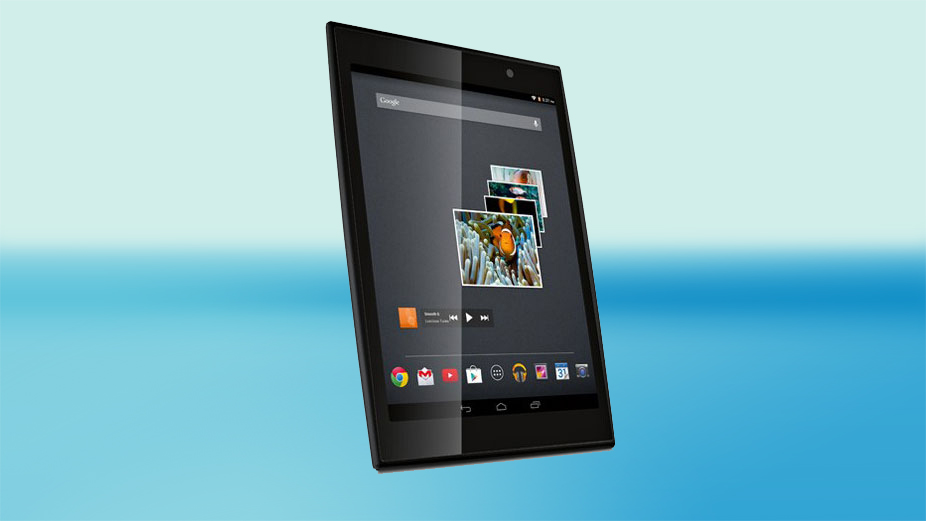Why you can trust TechRadar
Battery life
With a 3260mAh battery that isn't much bigger than top-end smartphones such as the LG G3, I wasn't expecting anything spectacular from the Gigaset QV830.
The maker quotes a 7-hour battery life when playing a 720p HD video, and I found that to be right on the money.
It's some way off the 10+ hours you'll get out of an iPad Mini or Amazon Kindle Fire HDX 8.9, but compared to the awful four to five hours of battery a lot of budget tablets muster it certainly could be worse.
If you're playing games then expect the seven-hour figure to drop to around four. If you're intending to survive a long-haul flight with the QV830, then you had better think about packing a good portable battery pack.
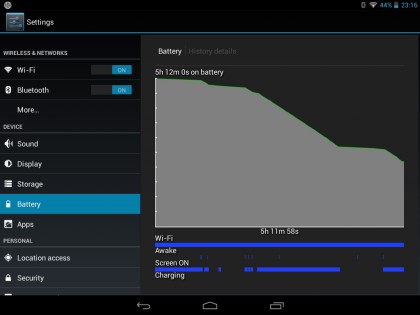
With no auto-brightness sensor or performance controls there's little you can do to savour the battery life. To see how it stacked up against the competition, I used Gigaset's 8-inch offering as my main device for a day.
When browsing the web or using apps, the battery life didn't appear to dwindle particularly quickly, though it was more perceptible when watching HD videos on YouTube, and became a little alarming when playing a graphically intensive game or two.
After charging the tablet back up fully I ran our 90-minute HD video test, and found that the QV830 dropped from 100% to 67%. That's a drop of 33% compared to the 2013 Nexus 7 which lost just 20% of its battery life.
It's worth noting that the 8-inch Gigaset tablet uses a micro-USB cable to charge, and comes with a 2amp USB mains charger. The socket and plug are more rectangular than most micro-USB connectors, but I had no problems using conventional cables to sync and charge the device.
The essentials
The Gigaset QV830 doesn't wield an entirely stock version of Android, but it's pretty darn close. There are a few subtle little extras that Gigaset has decided to include.
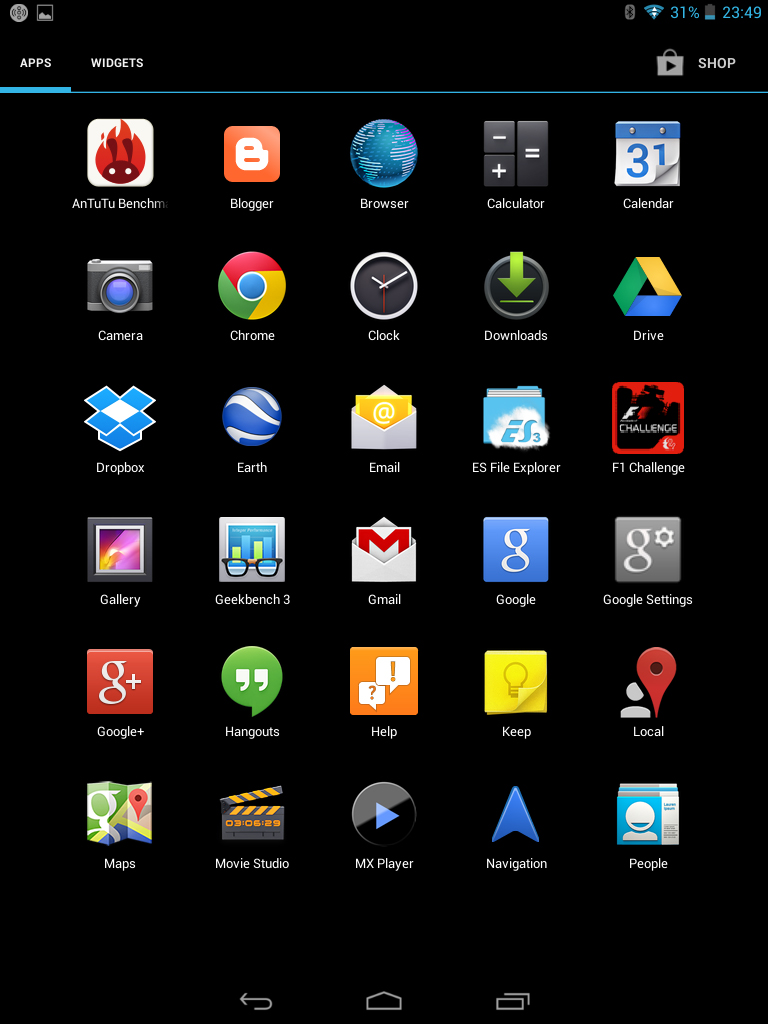
The most noticeable of these additions is the sound effect notification that is permanently present in the notification tray. Click the icon to turn the equaliser setting on and off, or click the notification to be transported to the sound settings menu, where you can adjust the equaliser between music, movie and VOIP settings.
I struggled to notice any clear difference from the awful internal speaker, and the story was quite similar through headphones.
The next unique feature, which I didn't find a use for myself, is a setting menu that allows you to set a time for the tablet to automatically turn on and off. I can only think this might be useful if the tablet was being used on a shop display.
As far as pre-installed apps are concerned, Gigaset has thankfully shown some restraint, only adding ES File Explorer, a Help app and a bespoke system upgrade app to allows Gigaset to update the QV830 via its own servers rather than Google's.
For music, video and all other media, the duties are left to Google's own apps, nearly all of which are installed alongside the Google Play Store where you can access many more.
I tried playing HD video both using Android's built-in player, as well as MX Player to play files not natively supported. MP4s played fine on both accounts, while MKVs and AVIs played smoothly through MX Player.
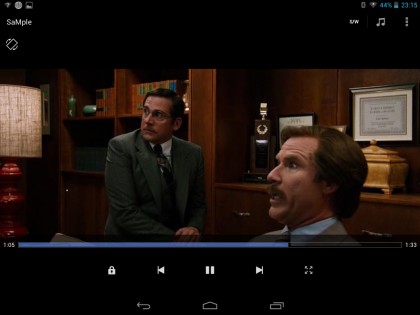
Both Chrome and the stock Android browser come pre-installed, and both offer tabbed browsing, incognito modes and support the latest web technologies.
I tried loading the TechRadar home page a few times to allow me to see just how capable the QV830 is at dishing up web-based content. I could happily browse the site in around seven seconds, and everything was fully loaded in just under 15 seconds. That's better than some, but not the speediest we've seen.
Camera
You would be right not to expect particularly great camera capabilities on any tablet on the market, and while the Gigaset QV830 doesn't do much to buck that trend, it hasn't got the most awful pair of snappers around, especially considering the tablet's price point.
Up front there's a 1.3MP camera which produces some rather noisy photos, but is just about good enough for video calling or selfies in a well-lit room.
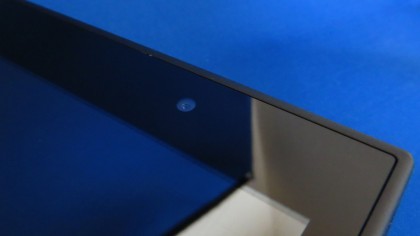
On the rear there's a surprisingly high-res 5MP camera, which, despite being similarly noisy in low light, actually produced some fairly vibrant photos in daylight. You wouldn't be ashamed of sharing them on social media.
I was quite impressed to find that the QV830 has auto-focus, rather than the fixed lens you'll find in almost every other budget tablet this side of the Advent Vega Tegra Note 7.
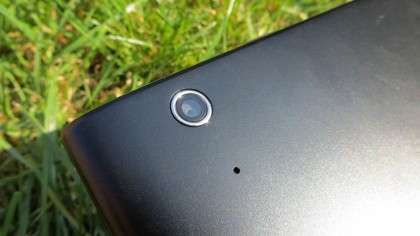
Dive into the settings menu and you gain the ability to adjust exposure, apply effects and choose from a good selection of scene modes. There's also 'face beauty', HDR and panorama modes included on the main camera screen, should you fancy yourself as the next tablet-toting Ansel Adams.
Don't get me wrong, it's still not that great. There's no flash, and the pictures are consistently grainy once you zoom in, so I'm not about to rate it alongside the much pricier Samsung Galaxy Tab S.
Camera samples

Click here for the full res image
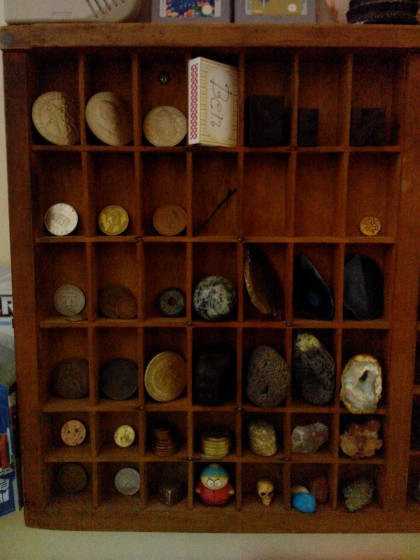
Click here for the full res image
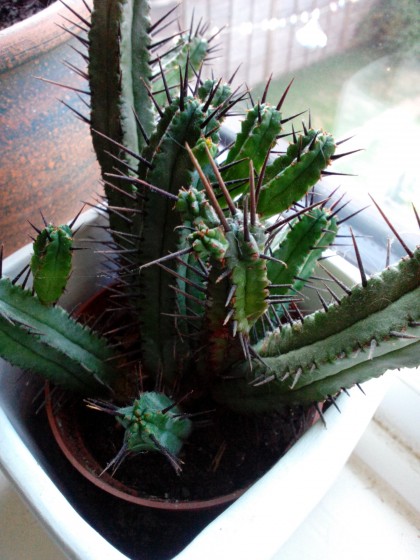
Click here for the full res image

Click here for the full res image

Current page: Battery life, the essentials and camera
Prev Page Key features and performance Next Page Verdict